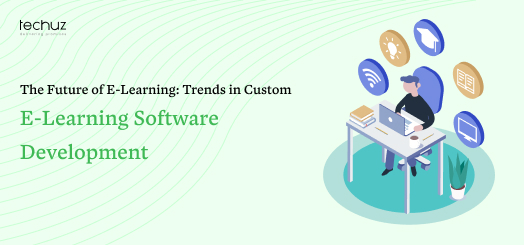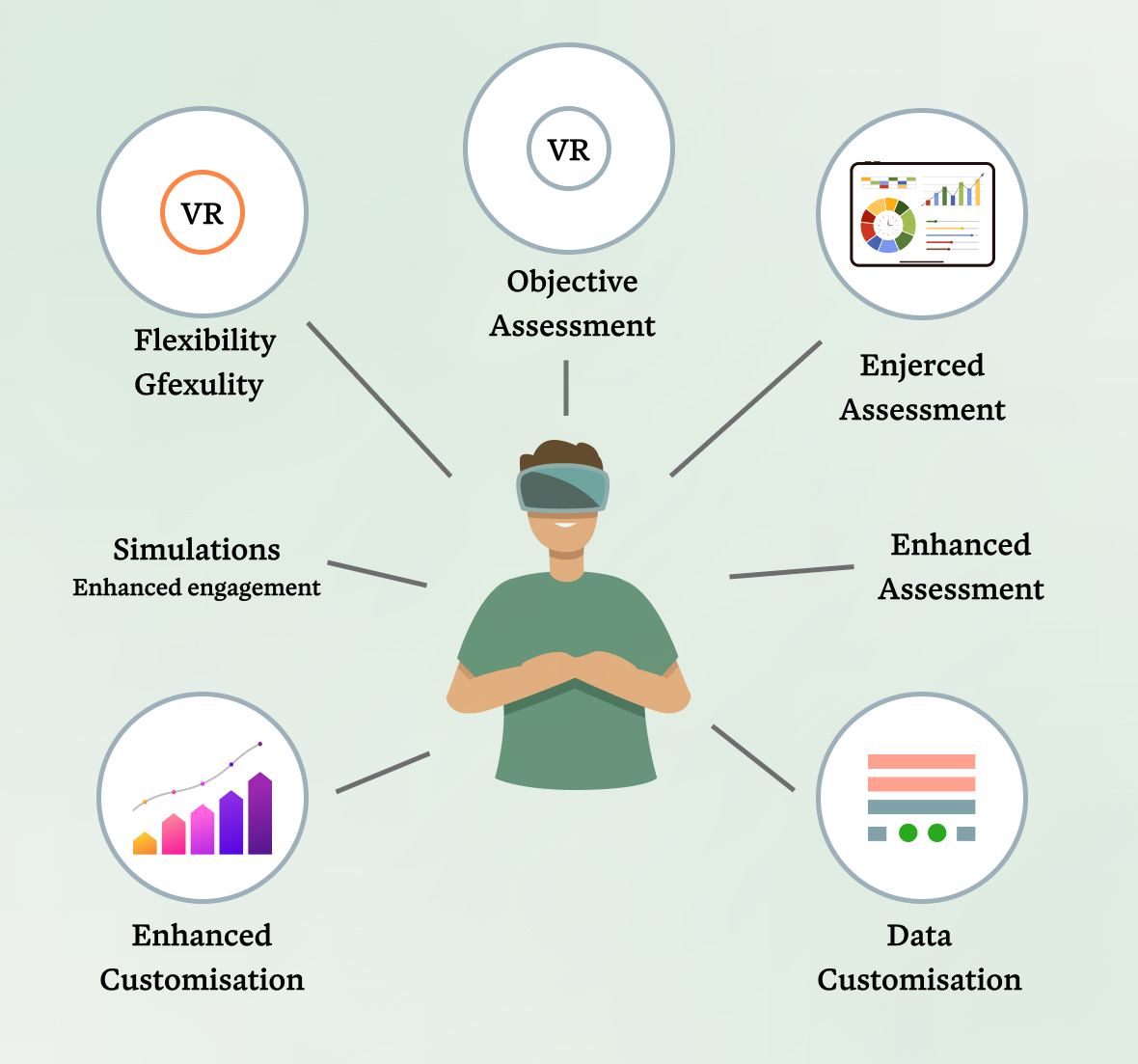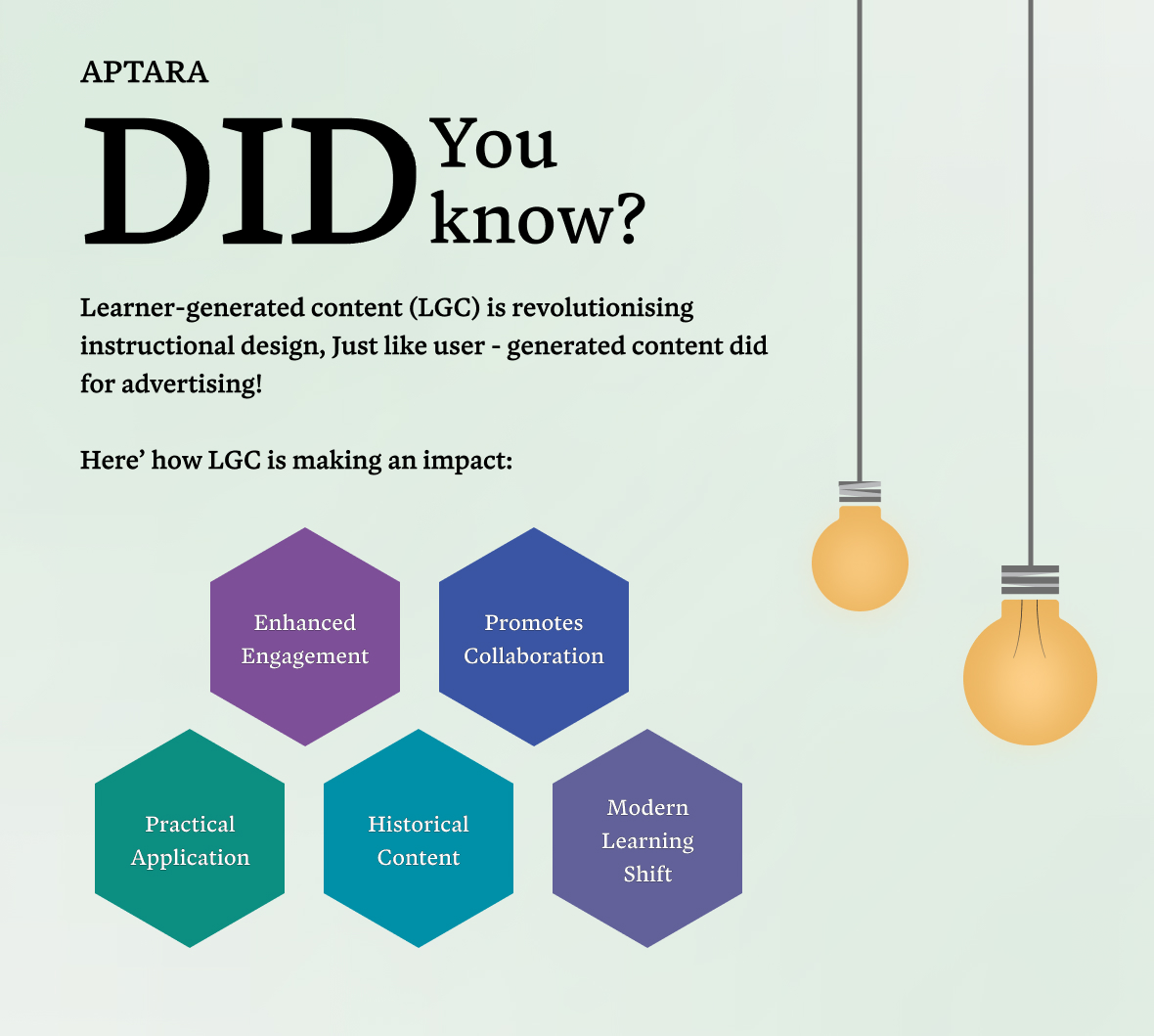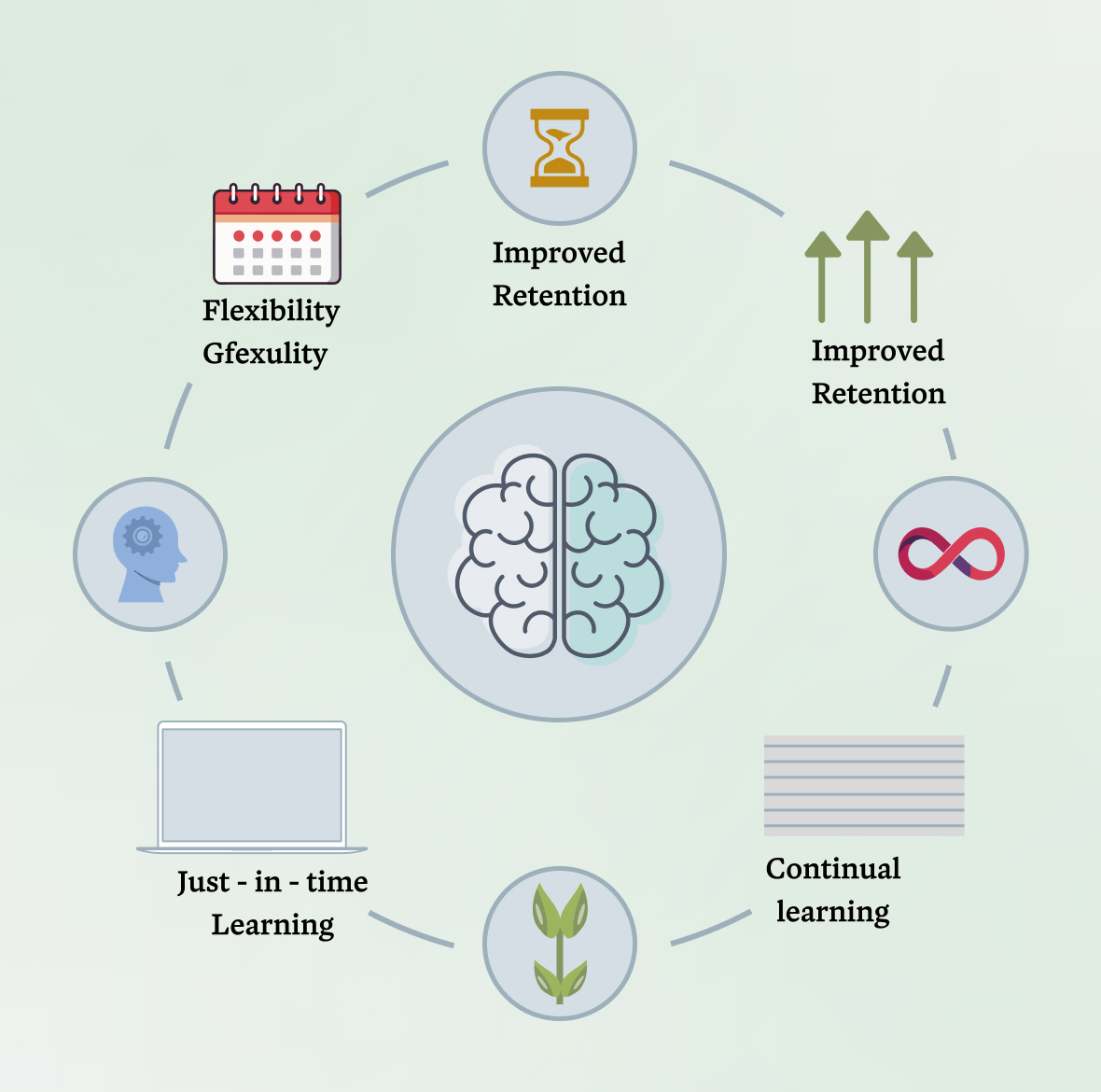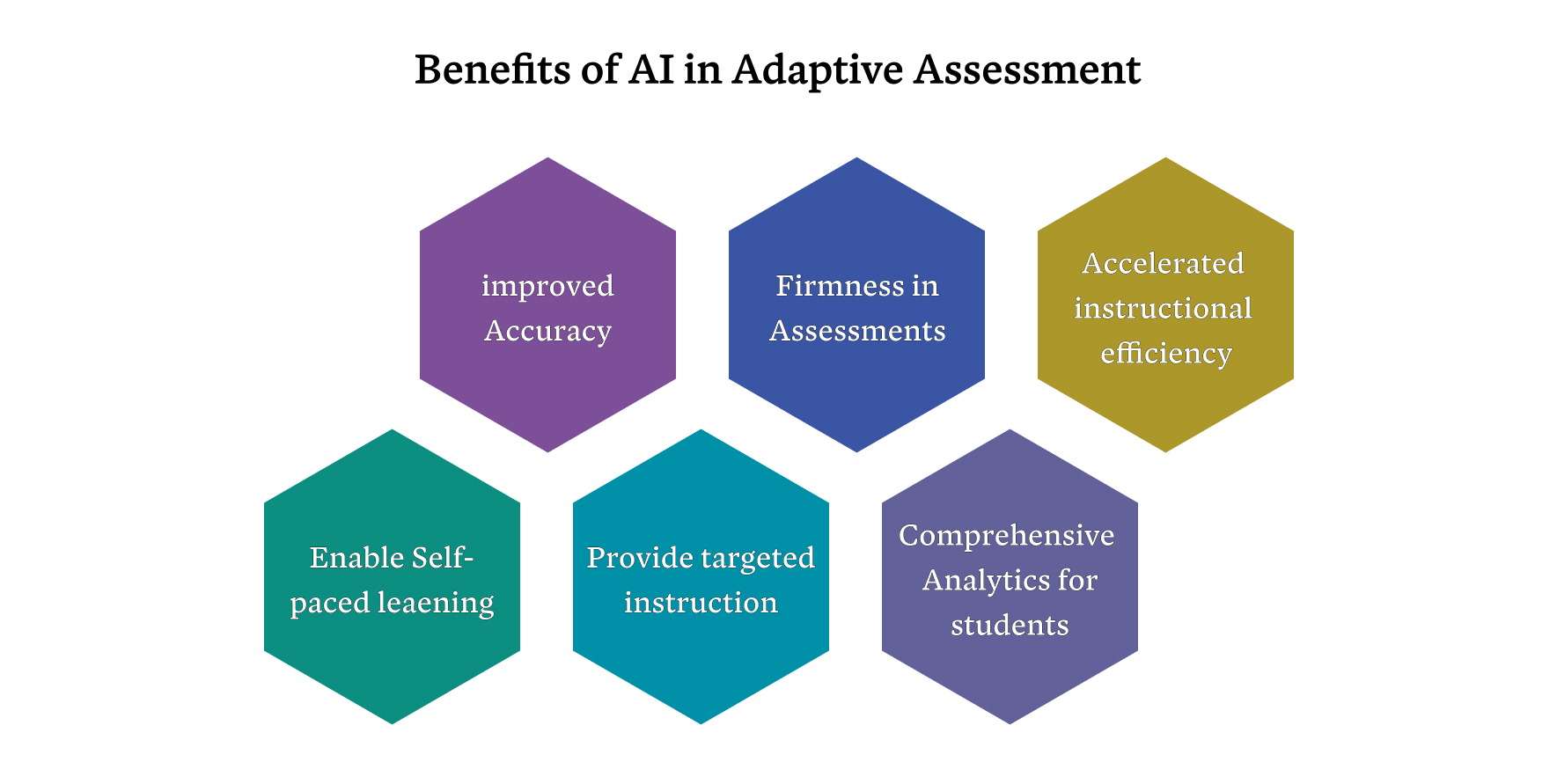Posted on
November 1, 2024
Read time
 9 mins read
9 mins read
What’s next for e-learning
The reshaping of e-learning is the key to understanding that the constant growth of the Internet, along with the need for custom education, is exceeding the capacities of software design. Custom eLearning development solutions are becoming ever popular since they help various organizations as well as educational establishments to provide learning environments that are individual, versatile, and interesting. Now, ranging from the computational learning techniques to the VR/AR technologies, all are making what is taught and how it is taught and learned quite different. The future of e-learning is not only in offering the content for learners to complete at their own pace, but offering content that is customized to meet learners’ needs.
Statistics used here point to increasing adoption of this sector at a very fast rate. The market size of e- learning is also projected that it will touch $457.8 billion by 2026 for the global area due to increasing a corporation’s spending and the education sector preferred made-to-measure e- learning solutions globally. In the same survey done by LinkedIn Learning, it was revealed that 94% of the employees are willing to work for a company for a long time if the company offered to train them. These numbers explain why effective fulfillment of the role of innovative, built-from-scratch e-learning platforms that reflect the future world of work and education is crucial.
Table of Content
1. Gamified E-Learning Experiences
Introduction
The growth rate of the gamification market from USD 9.1 billion in 2020 to USD 30.7 billion in 2025 is 27.4%. This means there is a high subscription for all things that have to do with gaming, particularly in the learning aspect. Technique of making education and training more fun-like or enhancing real learning and training with some fun factors. Introducing such features as points, badges, and leaderboards, e-learning will make learning more engaging and productive and 80% of learners state that their productivity will grow if their university/organization was more game-like.
Benefits of Gamified E-Learning
- Harnessing intrinsic motivation: Therefore, when designing the learning process, identification of the mechanisms of learners’ motivation is achieved by using competition, achievements and other game related aspects that are included in the use of gamification. Such intrinsic motivation increases the interaction and makes learning a more exciting experience.
- Providing immediate feedback: Points and badges are highly motivating for learners and enable learners to better understand where they are at in terms of their learning process.
- Creating a sense of accomplishment: Positive reinforcement of learned behaviors can be attained by winning or gaining such things as achieving certain levels, recognition of achievements, and leveling up.
- Fostering collaboration and competition: Facilitating explains how learners are able to work in a group or compete with each other is a healthy way.
- Tailoring learning experiences: As for the fourth common characteristic, the potential of gamification can be tuned to learners with individual characteristics, learning preferences and styles.
Examples
- Storytelling: Incorporating elements of storytelling into e-learning make the learner more engaged in the subject matter.
- Points and Badges: Children are rewarded for accomplishing tasks, for answering questions, or for getting to a certain level. Can also open up badges or achievements for accomplishing specific points or for achieving mastery of a skill.
2. VR for Performance-Based Assessment
Introduction
Performance-Based Assessment using VR is especially important now, with the contemporary approach to education and the vast number of students worldwide, conventional testing methods may be rather crude to assess the results and possibly indicate the areas of improvement. This is why virtual reality implementation can be seen as a promising solution to create effective and rather engaging environments that can assess students, and their skills and knowledge levels in the best ways possible. A majority of students, 81% to be precise, believe that VR can help them explore new ideas and concepts while a similar percentage of teachers, or 85% to be precise, stated that students would be more engaging in learning with virtual reality.
Benefits of VR for Performance-Based Assessment
- Realistic Simulations: The interactions in VR can mimic numerous situations and circumstances toward which students approach practical mastery enabling them to practice in secure conditions.
- Objective Assessment: The assessments made with the help of the virtual reality are more precise compared to the traditional method of assessment because they are free from subjectivity.
- Enhanced Engagement: Additionally, VR enhances students’ engagement due to the High level of realism hence increasing their effort and performance.
- Data Collection: The use of VR can enable the collection of detailed information about students’ behavior and achievements that might be helpful for educators and managers.
- Customization: Ability tests can be designed with respect to a single subject domain and therefore, applicable to various educational scenarios.
Examples
- Pilot Training: Government or civil use, Aviation industry, pilots can undertake their training through the use of flight simulators which are part of VR.
- Healthcare: The aspect of simulation that is used by VR is known to help medical students learn or rehearse on various surgical operations on patients.
3. Learner-Generated Content (LGC)
Introduction
Learner-Generated Content is among the effective approaches toward promoting a specific educational process by changing a passive education experience into an active one. When students transform into content producers of their own learning content, LGC promotes ownership, teamwork, and problem-solving rationale. It further breaks with the format of receiving information and processing it without transforming the student into an active agent of her learning process.
LGC can be in the form of a blog, video, video presentation, audio cast, or even online course. Apart from enhancing mastery of the contents taught, content creation exposes students to important skills like writing, communication, and thinking that are so scarcely offered in other aspects of learning.
Benefits of LGC
- Active Learning: Some of the advantages seen when using LGC include: it increases students’ engagement thus enabling them to be more understanding and would help them to remember more.
- Collaboration and Community: LGC develops a learner identity since learners can engage with others, have feelings of social belonging and share knowledge with others.
- Personalized Learning: Despite, LGC enables students to develop contents of their preferences and learning modules thus making learning a unique experience.
- Skill Development: Content making push students to the basics skills such as writing, communication, and critical thinking among others.
- Real-World Applications: These are all good points LGC can prepare students for the real world by giving experience in content creation and sharing.
Examples
- Blog posts: Writing of blog posts The students can write posts on different topics tended in the classroom.
- Podcasts: Students can be grouped in teams where each group will come up with a subject of their or their classmates’ interest and produce podcasts.
- Online courses: Another benefit of using this social media platform is that student are able to offer their own classes and teach other.
4. Microlearning
Introduction
As a learning model, Microlearning refers to the concept of education that partitions subject matter into bite-sized pieces. It is more suitable for the learners with tight schedules because they do not have to set a time apart to attend traditional classes. Microlearning is different from conventional lectures because it is standardized and specific, with specific learning objectives offering concise knowledge to learners.
Microlearning applies an effective learning practice of chunking pieces of information because more often than not, grasping large ideas and concepts is most effective when the learning content is segmented into smaller doses. Microlearning can be accessed by learners across most devices thus the flexibility needed when learners are on the move. More so, microlearning can also be utilized for Just-In-Place learning which affords the learner, organized knowledge and data at his time of need.
Benefits of Microlearning
- Flexibility: The advantage of microlearning offers learners an opportunity to learn content as and when they wish.
- Improved Retention: These findings thus confirm toеления previous studies indicating that learners are able to understand better if information is given in short, focused learning sessions.
- Accessibility: Another advantage of microlearning that the training can be obtained on different types of devices convenient for the learner.
- Just-in-Time Learning: Microlearning can be used for delivering leveraged information to the learners at the exact time and need it.
- Continuous Learning: Through offering learning in portions, microlearning can help facilitate learning and professional continuing education at any time of the year.
Examples
- Short videos: Instructional videos dealing with single concepts or types of abilities.
- Interactive quizzes: Quick quizzes to check comprehension and offer an immediate response.
- Infographics: Graphest diagrams of large amounts of data in a form that can be understood by human senses.
- Audio podcasts: Recorded lessons, knowledgeable people’s/share opinions and ideas conversation, etc.
- Mobile apps: LMS developed with the aim to provide microlearning content to the learners through their mobile phones.
5. AI-Powered Adaptive Assessment
Introduction
Another technology that is considered as a trend of the future is adaptive assessment, which means assessment by artificial intelligence technologies offer flexible assessments which correspond to the learner’s abilities and needs. Ideally, it can make the assessments a more efficient and effective learning considering that the approach caters for the strengths and weaknesses of every learner.
AI flows through learners’ performance data through a performance analyzer that detects their skills, deficits, and learning profiles. The system further redefines the level of difficulty and type of questions to enhance the personalization of student learning. Finally, even as learners advance through their studies, the game system remains very sensitive to their learner level and optimally pans for it so that learners are always engaged appropriately.
Benefits of AI-Powered Adaptive Assessment
- Personalized Learning: Comprehensive learning assessments can be designed based on the learners’ learning capabilities, and then the learners are appropriately challenged and supported.
- Efficient Learning: Thus, adaptive assessment assist learners to achieve faster and effectively if areas where they require more support is known.
- Objective Assessment: Self-organising assessment can involve the use of artificial intelligence technology to facilitate student assessment and reduce biases which affect a students’ performance grades.
- Real-time Feedback: Because of its flexibility, adaptive assessment can give timely feedback to the learner on what aspects may be wrong, and therefore, he or she can revise financially.
- Data-Driven Insights: AI based assessments can also capture performance information about the students and can be useful for teachers and other school officials.
Examples
- Intelligent Tutoring Systems: AI-powered expert systems can monitor tutors and student’s performances in order to award points or shape up their course deliveries.
- Adaptive Quizzes and Exams: Computer-based quizzes and tests can be made to cater for each learner’s level of knowledge.
- Adaptive Learning Platforms: Cases of designing entire Learning Management Systems focused on learners solely may be made in e-learning.
